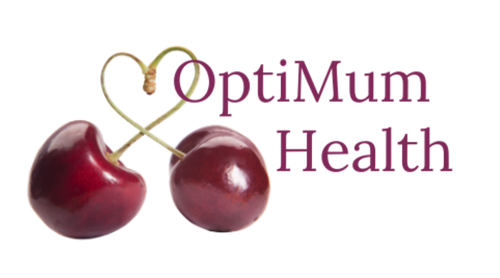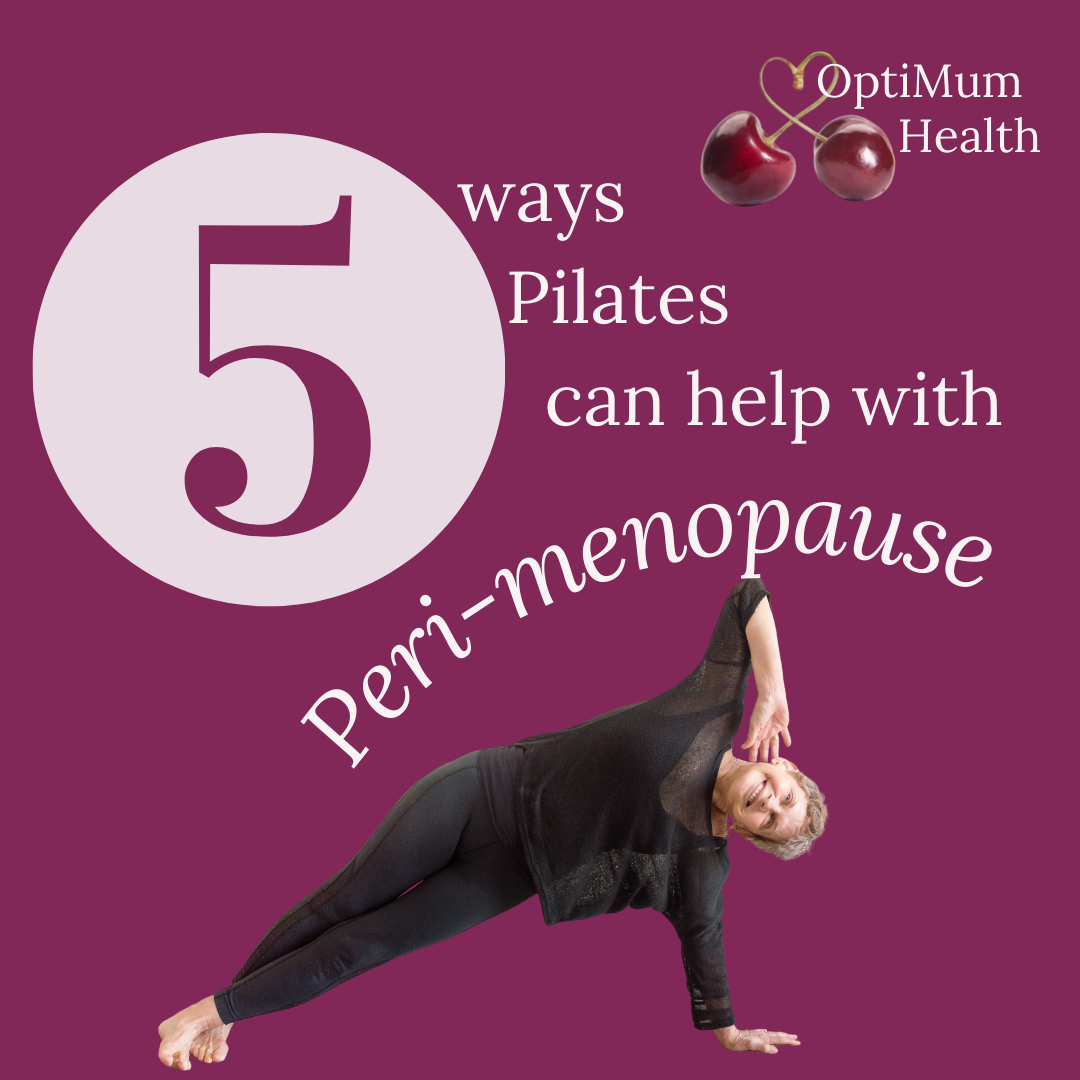I’m seeing a lot of posts on social media these days of
new Mums (meaning their baby is less than a year old)
doing HIIT workouts to lose the babyweight.
Is this a good idea?
Well, yes…and no.
First of all, it depends on You. For a full run down
on all the things to check off your list first, read
this article.
Let’s say though, that you’ve been cleared to exercise
by your GP and, preferably, a female health physio, your
energy levels are good and you feel ready to exercise.
Note my words here – YOU FEEL READY TO EXERCISE.
There’s a difference between feeling ready and feeling like you should
exercise….
Is HIIT a good approach?
Well, yes and no.
The answer lies, at least partly in what HIIT actually
is.
What actually is HIIT?
HIIT stands for High INTENSITY interval training.
I’ve highlighted the word INTENSITY as this is where I
feel most post-natal approaches to this form of
movement fall down, literally.
You see when most people do HIIT – the I is for IMPACT.
Typically they use exercises such as squat jumps,
burpees, high knees, mountain climbers and the like.

These exercises are very intense, effective at raising
the heart rate, respiration rate and making muscles
really work.
BUT
These are not good in the early post-natal MONTHS.
Not weeks – MONTHS.
Obviously, we’re each independent and unique but there
is a tendency to think that because your GP has cleared
you for exercise and the external signs (be it tears,
epiosotomy scars or C-section scars) of childbirth have
healed that it’s all fine.
What about below the surface? The tissues actually take
a good year to heal – sometimes longer.
What about your abdomen too?
Do you still have some degree of abdominal separation
(diastasis recti)? If so, impact exercises and any
plank type approach (planks, press ups, mountain
climbers, squat thrusts) are simply not the right
choice for you right now.
Then there’s your pelvic floor.
How does it feel down there? Even if it all “feels
fine”, this complex body of muscle, connective tissues
and blood vessels has worked incredibly hard over the
last year or so, supporting you and your baby.
It needs time to recover.
It needs nurturing with the right nutritional approach
and the right types of movement.
Pushing yourself – and your pelvic floor – even if it
“feels fine” right now, can lead to pelvic organ
prolapse, stress incontinence and other issues further
down the line.
So I can’t do HIIT then?
You can actually.
It’s a matter of remembering that the I is for
INTENSITY not impact.
It requires you to understand where You are right now.
This will help you to identify suitable exercises to
include in your session and the time to allocate to the
stages.
What does this mean?
There are lots of different approaches to training in
this way but essentially it involves a period of time
(no longer than 1 minute) at maximum INTENSITY,
followed by another, usually shorter period of time at
a moderate intensity.
Typically the work to rest ratio is 2:1 but set it as
you like.
So if you are just starting out, you might work for
20-30 seconds and rest for 15-20 seconds. Gradually
reducing your rest periods as you get fitter and then
incrementally increasing your work periods.
As you get fitter, your INTENSITY level can change too.
Let’s remember that this is SPECIFIC TO YOU.
I like to use the “Ratings of Perceived Exertion” Scale
here for my clients as then they can choose the level
that suits them.

A cautionary note here – I would not advocate maximal intensity work in the first few months after childbirth.
Your tanks are not full in terms of energy here and your body still needs energy and nutrients to repair you – that is the priority.
So perhaps aim for a 7 out of 10 to start with, rather than 10 out of 10.
But what exercises can I do then that are safe for me,
my pelvic floor, avoid impact but still make me work
hard?
There are loads to choose from:
| Bodyweight exercises | Resistance Band Exercises | Dumb-bell exercises |
| Squats | Banded Deadlift | Seated overhead press |
| Static lunges (split squat) | Straight arm pull down | Goblet squat |
| Lunges | Rows | Clean* |
| Upright press ups | Dumb waiters | Bicep curls |
| Modified side planks | Band walks | Tricep extensions |
*(lifting dumbbell from floor using a squat)
These are just a few options.
All actually mimic movements or use muscles in ways
that compliment your everyday actions with your
baby….and all of their ‘equipment’.

The simplest way to incorporate HIIT into your everyday is going out for a walk with your baby in their pram.
Walk for 30 seconds (for example) as fast as you can in a tall position**, then walk at a moderate pace for 20 seconds
….or use lampposts if they line your walk. Walk between 2 sets of lampposts as quickly as you can, then walk to the next one at a steadier pace. Repeat 4-5 times, or as many times as you have time and energy for.
You can use this same approach on a static bike too.
It doesn’t have to be fancy.
It does have to be safe – for now, for next month, next
year….and 10+ years time….because post-natal is for
life, not just 6 weeks.
** Standing and walking tall helps ensure your pelvis
is in a ‘neutral position’ to place the pelvic floor in
an optimum position, without unnecessary stress or
pressure.
So I can never up my training?
Of course you can.
However, this has to be at the right time and in the
right way for You.
Not just because your favourite celebrity has brought
out a DVD.
Not just because that Yummy Mummy Fitness Celebrity is
doing it and her baby is younger than your’s.
Not just because Shazza down the road got her body back
really quickly after having her baby.
^^^ As real as those reasons may seem and feel – they are
not worth your health and continence!
So HIIT can be a great choice for Mums to get moving in
the post-baby months as long as it’s used in a way that
suits where you are NOW.
For more information on how OptiMum Health can support
you during your post-natal period, check out our
courses and training packages by clicking the button
below.
Or if you’d like a suitable HIIT workout to do at home,
please get in touch and we’ll email you a video version.

